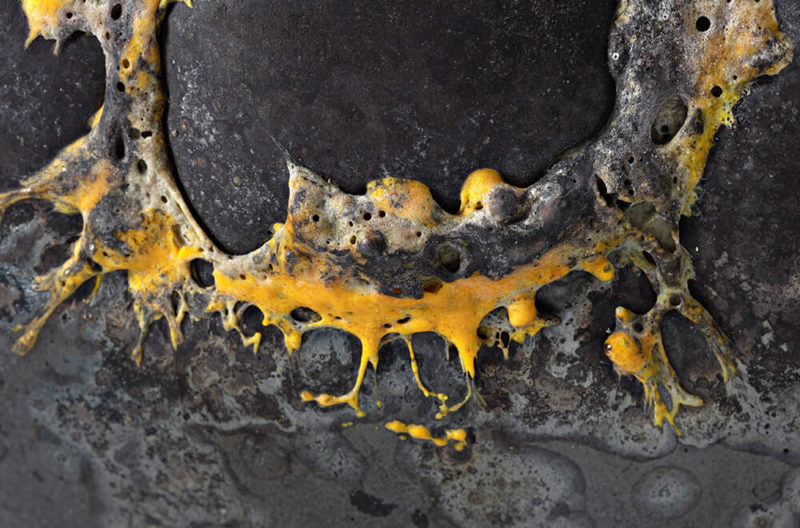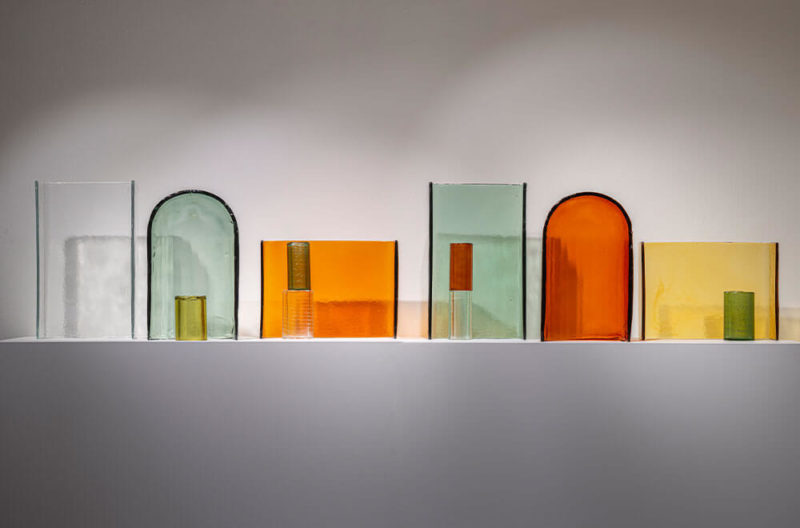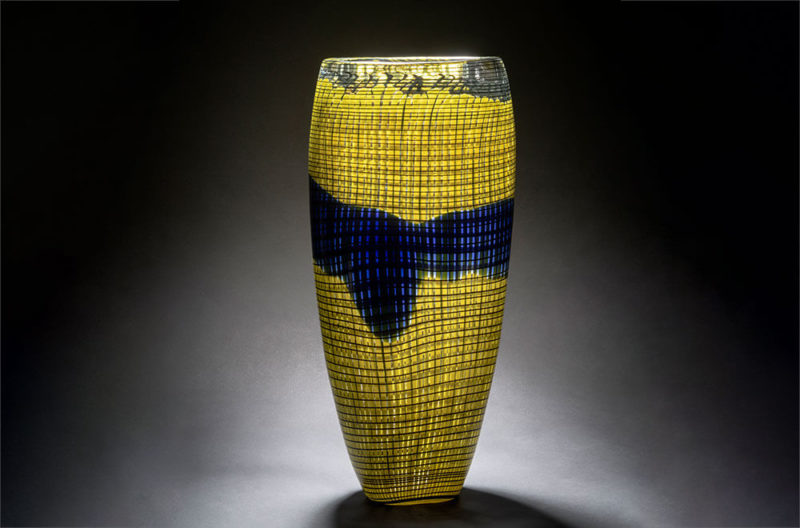Musée du Verre de Conches
Reopens after extensive renovation with a thought-provoking exhibition by glassmakers Baldwin & Guggisberg.
Baldwin & Guggisberg: Amphore Métaphore
25th June – 27th November 2022
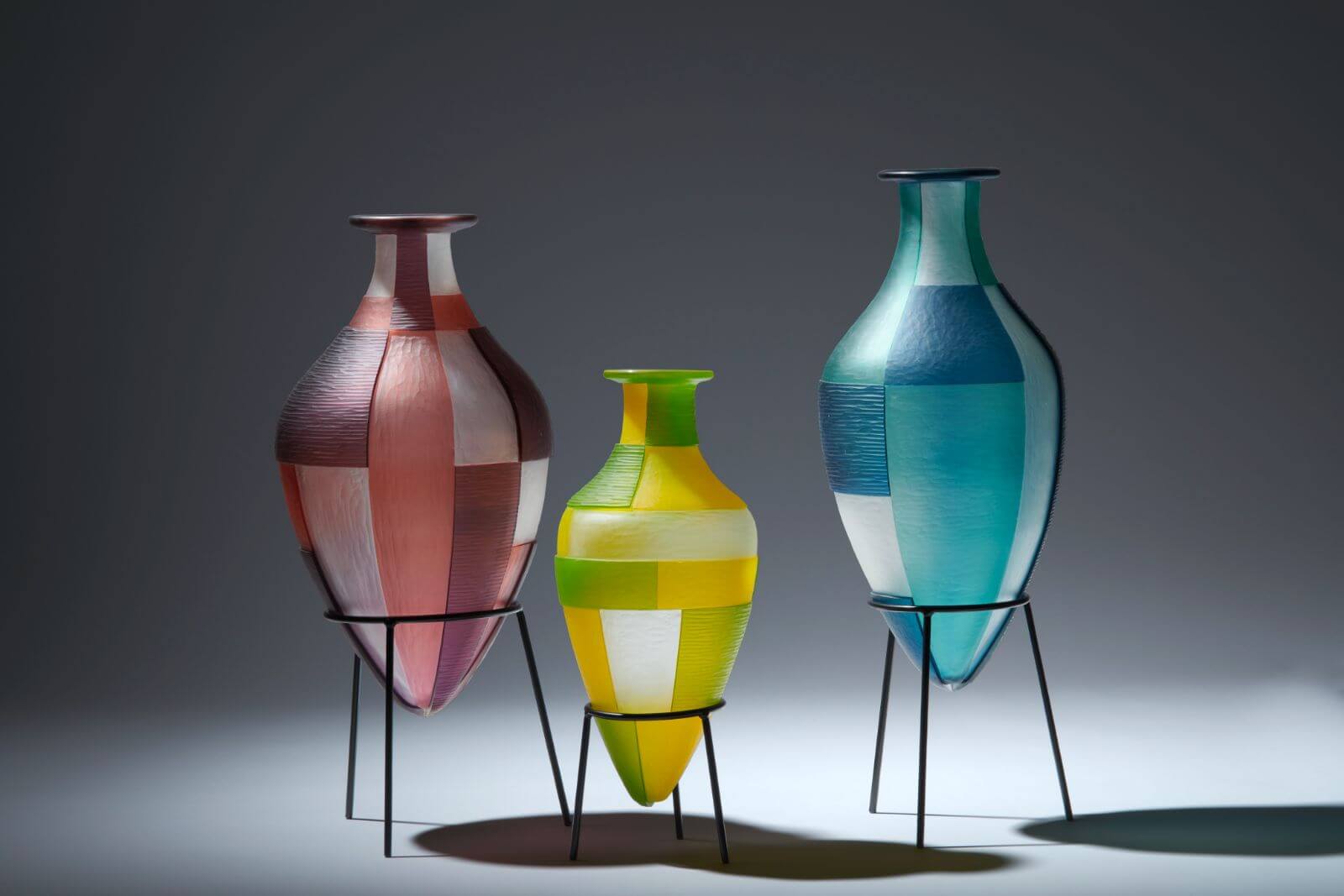
Baldwin & Guggisberg, ‘The Eastern Greeks’ (detail), 2022
COURTESY: Baldwin & Guggisberg / PHOTOGRAPH: Christoph Lehmann
IN THE SMALL town of Conches-en-Ouche in Normandy there is an unexpected treasure for design lovers: le Musée du Verre de Conches, a glass museum housed in a former 19th century hospice, which has just reopened after a three year, €5,000,000 renovation project. Founded in 1996 to house the pâte de verre windows of Conches master glassmaker François Décorchement (1880-1971), the museum has acquired a collection of over 600 pieces of glass from the 19th to 21st centuries from France, Europe and the US.
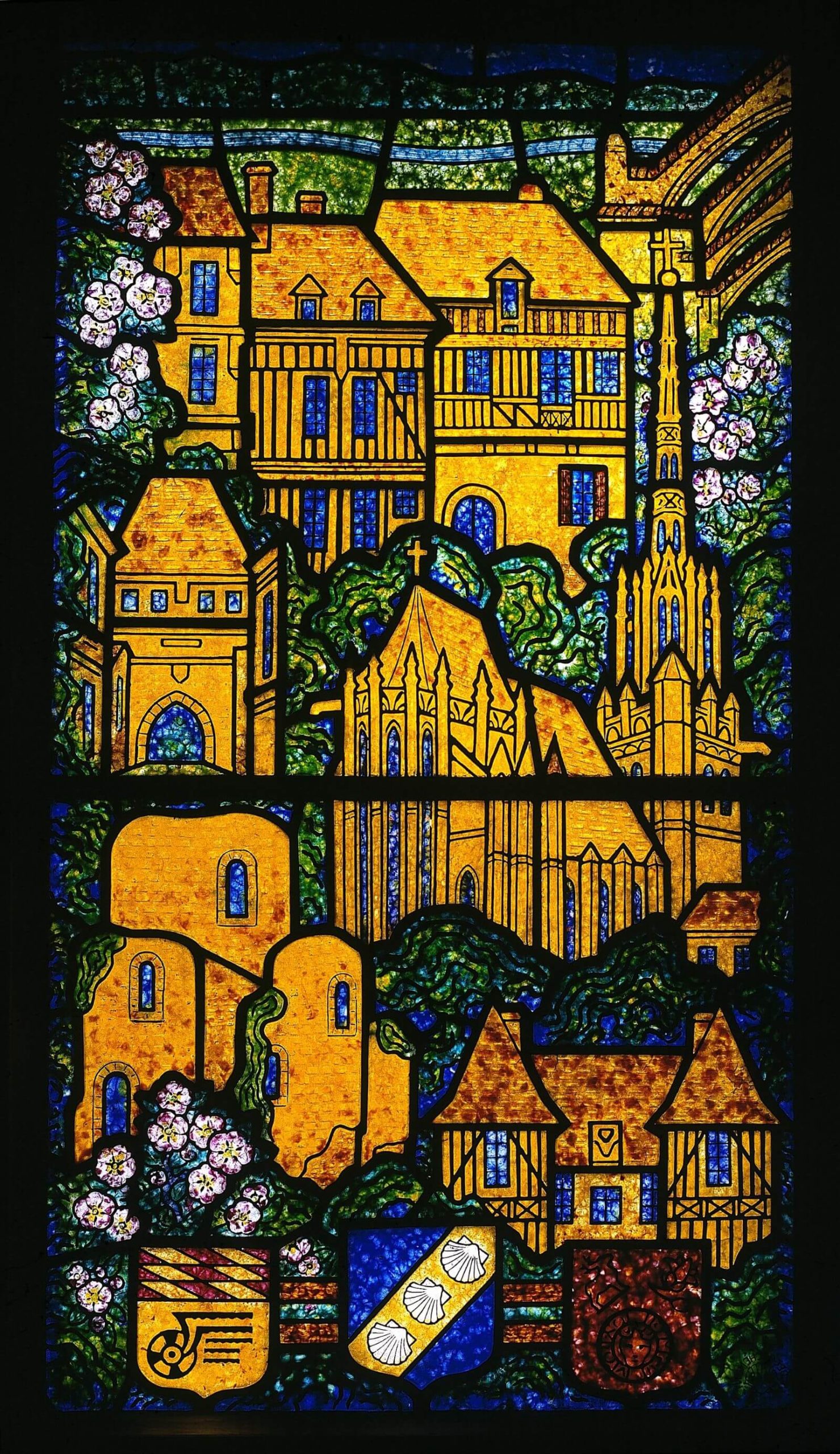
François Decorchement, ‘The Monuments of the City of Conches’, 1962
COURTESY: Musée du Verre de Conches / PHOTOGRAPH: Paul Louis
The renovation project was spearheaded by director Éric Louet who hopes to expand the museum’s collection, further cementing its status in France as a centre for historic and contemporary glass.
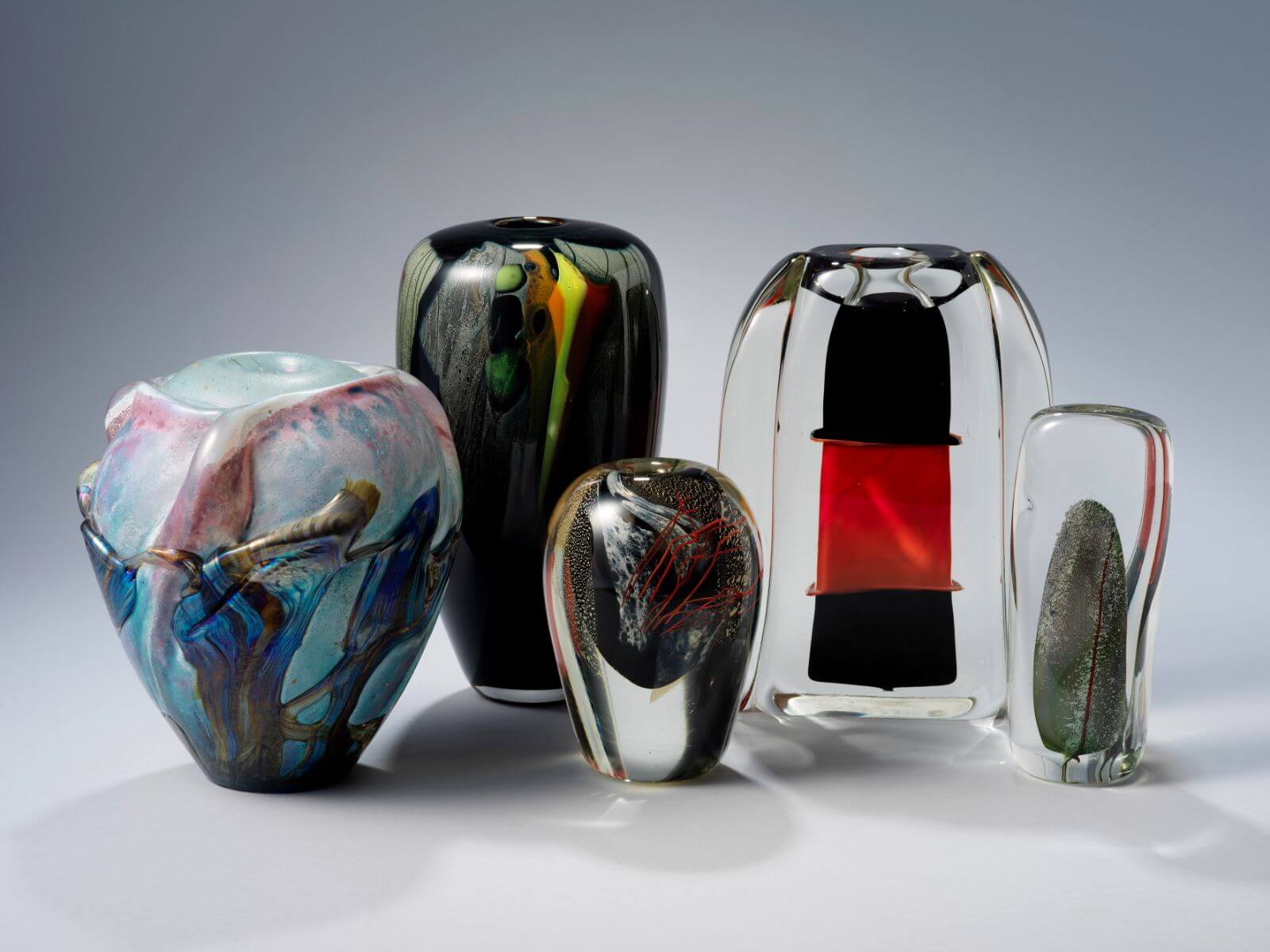
Conches Glass Museum, ‘French Glass’, 1980s
COURTESY: Musée du Verre de Conches / PHOTOGRAPH: Paul Louis
Louet’s relationship with artists Philip Baldwin and Monica Guggisberg dates back to 2007 and the museum’s reopening seemed a fitting opportunity to make them the focus of its inaugural exhibition. Baldwin, who was born in 1947, and Guggisberg, born 1955, have been working as a couple in art and life for over 40 years, having met while training at the Orrefors Glass School in Sweden.
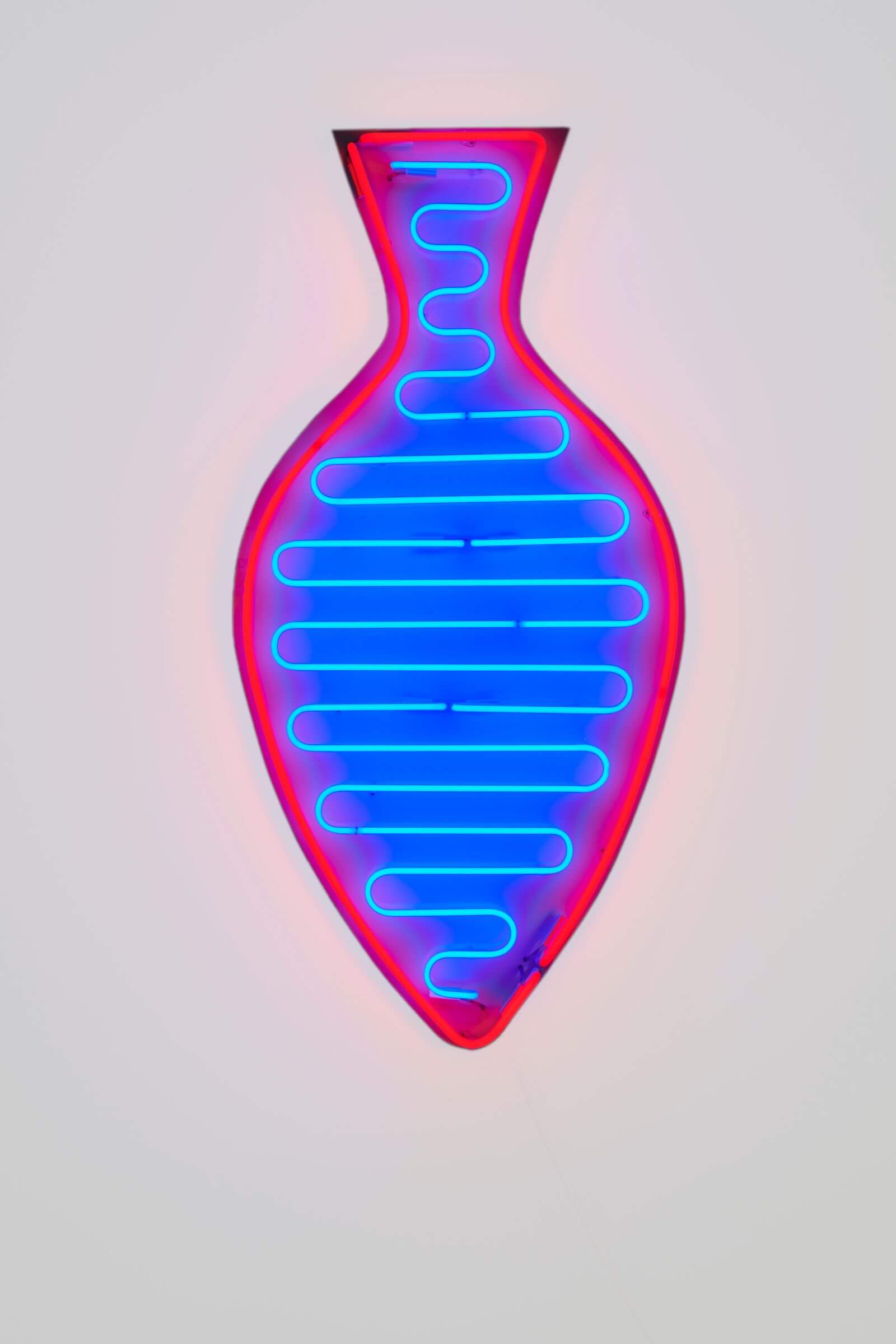
Baldwin & Guggisberg, ‘The Neon Amphora’, 2022
COURTESY: Baldwin & Guggisberg / PHOTOGRAPH: Christoph Lehmann
For the first two decades of their career, Baldwin & Guggisberg undertook design commissions for high-end companies such as Nestlé, Venini and Steuben. Then, from the late 1990s, they became increasingly interested in glass as a medium for sculpture, developing an aesthetic of pure, vessel-like forms incorporating coloured overlays, applied while the glass is hot. After cooling, the surface is deep-carved, using a technique inspired by Muranese techniques.
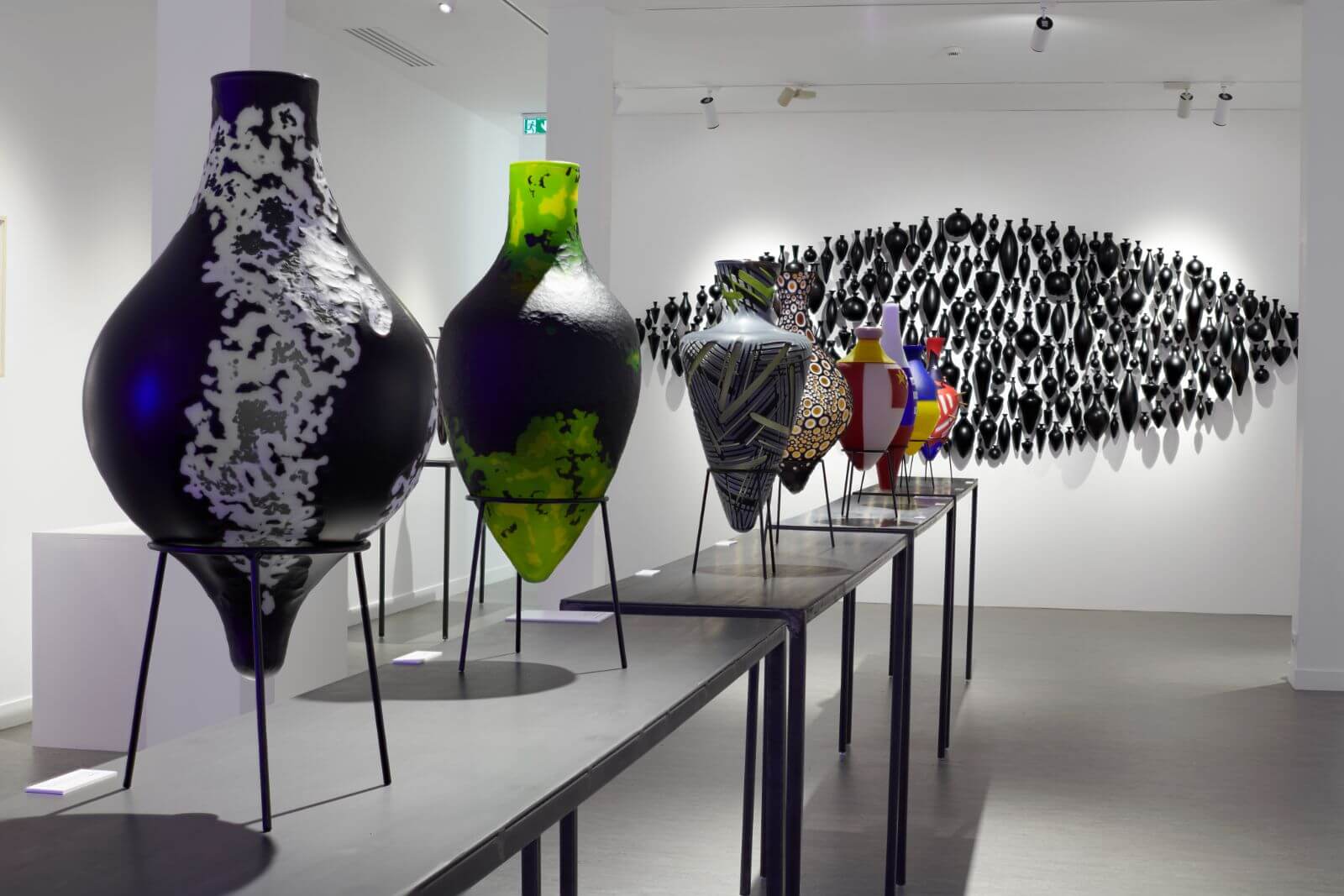
Baldwin & Guggisberg, exhibition view of ‘Amphore Métaphore’, Musée du Verre de Conches, 2022
COURTESY: Baldwin & Guggisberg / PHOTOGRAPH: Christoph Lehmann
One of the recurring themes in their glass sculpture is migration and displacement, symbolized in particular by a long canoe-shaped form, a motif that became dominant in their work. “We both had boats in our private lives growing up, and we are rather nomadic,” says Guggisberg.
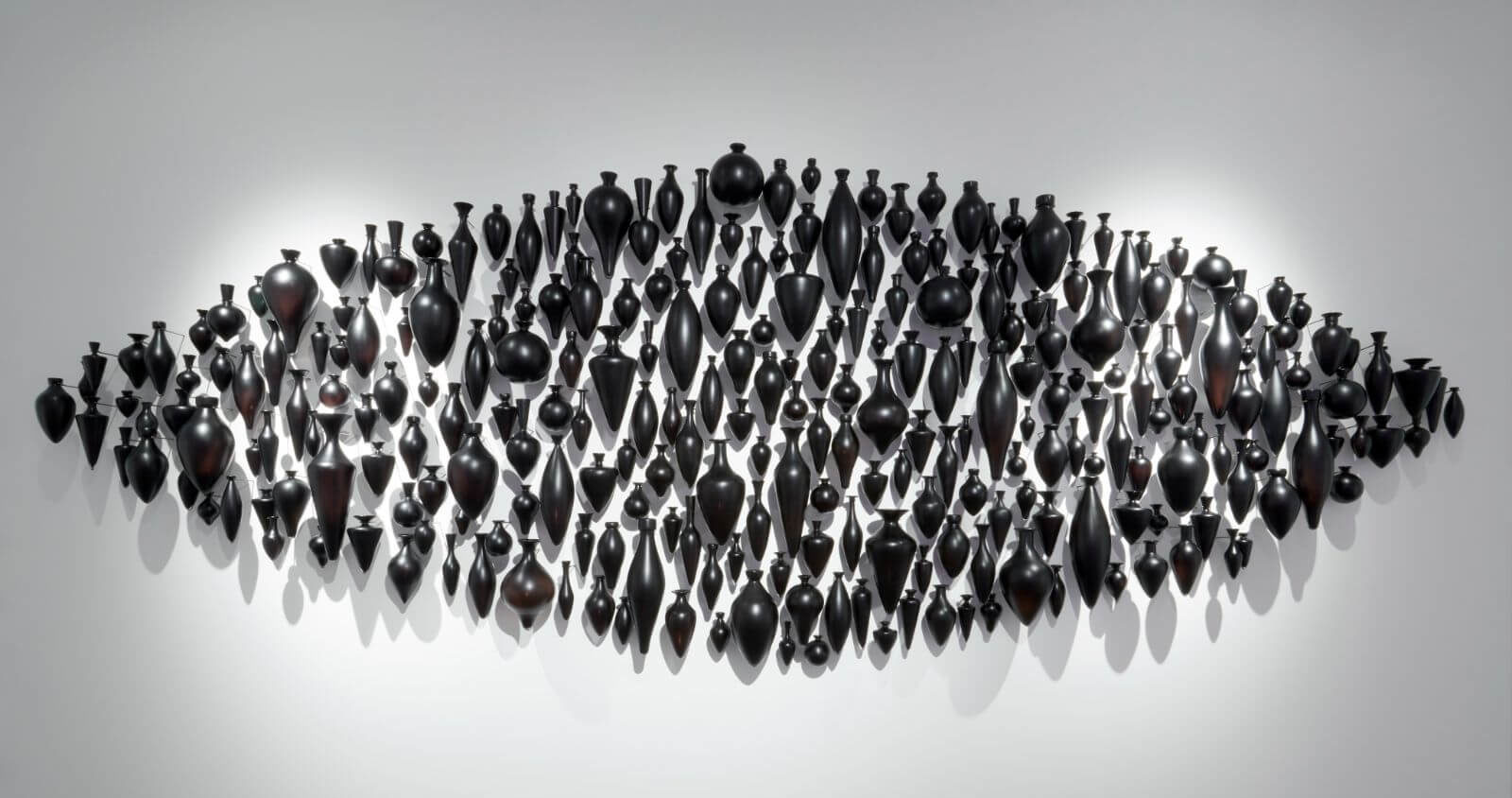
Baldwin & Guggisberg, ‘Amphora Metaphor’, 2022
COURTESY: Baldwin & Guggisberg / PHOTOGRAPH: Christoph Lehmann
The show ‘Amphore Métaphore’ explores the amphora as a metaphor for human culture and was inspired by a visit the artists made to an exhibition of amphorae discovered in Narbonne.
Their amphorae, developed through nine installations, are drawn from historical examples, filtered through their creative imagination. A glass amphora representing modern China echoes the form of a terracotta one dating from the Neolithic period. Covered in opaque blocks of white, yellow and red, it bears on one side an image of the Chinese flag, and on the other, a silhouette of its Neolithic ancestor, which also has an ominous resemblance to a nuclear warhead, linking the inscrutable past to the anxieties of the present.
The pervasiveness of the amphora through history is emphasized by ‘The Harappans’: seven amphorae in mottled grey-blue, amber and black, whose design was inspired by jars made in the Indus Valley around 2,500-2,000 BC.
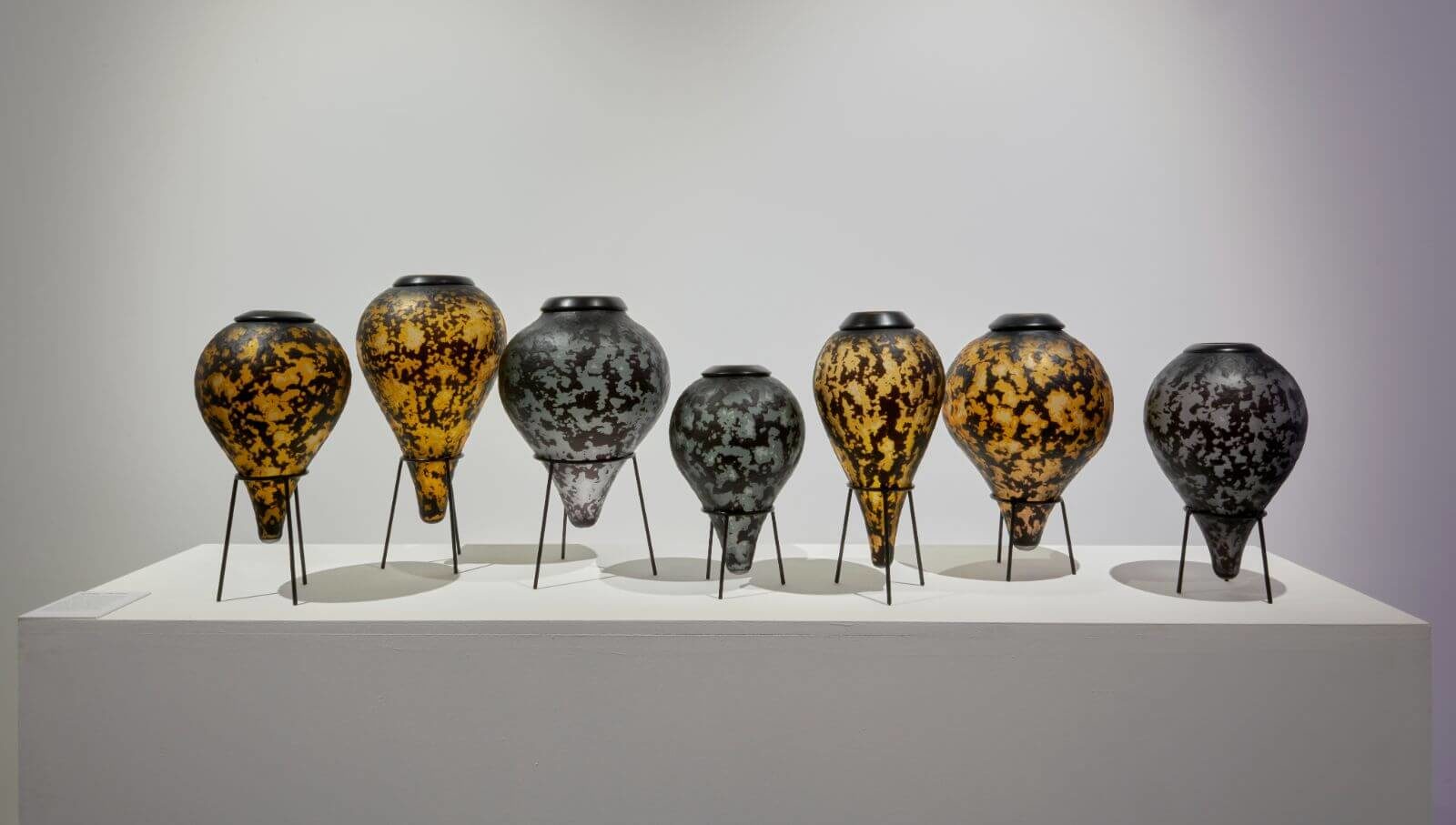
Baldwin & Guggisberg, ‘The Harappans’, 2022
COURTESY: Baldwin & Guggisberg / PHOTOGRAPH: Christoph Lehmann
The canoe motif recurs in ‘The Boat’, a metal basket filled with small amphorae in a multitude of colours and textures that allude to ancient globalisation. The exhibition demonstrates the complex layers of meaning that can be discovered in a single object with as much history as the amphora. It is a bold start for a young and promising museum.
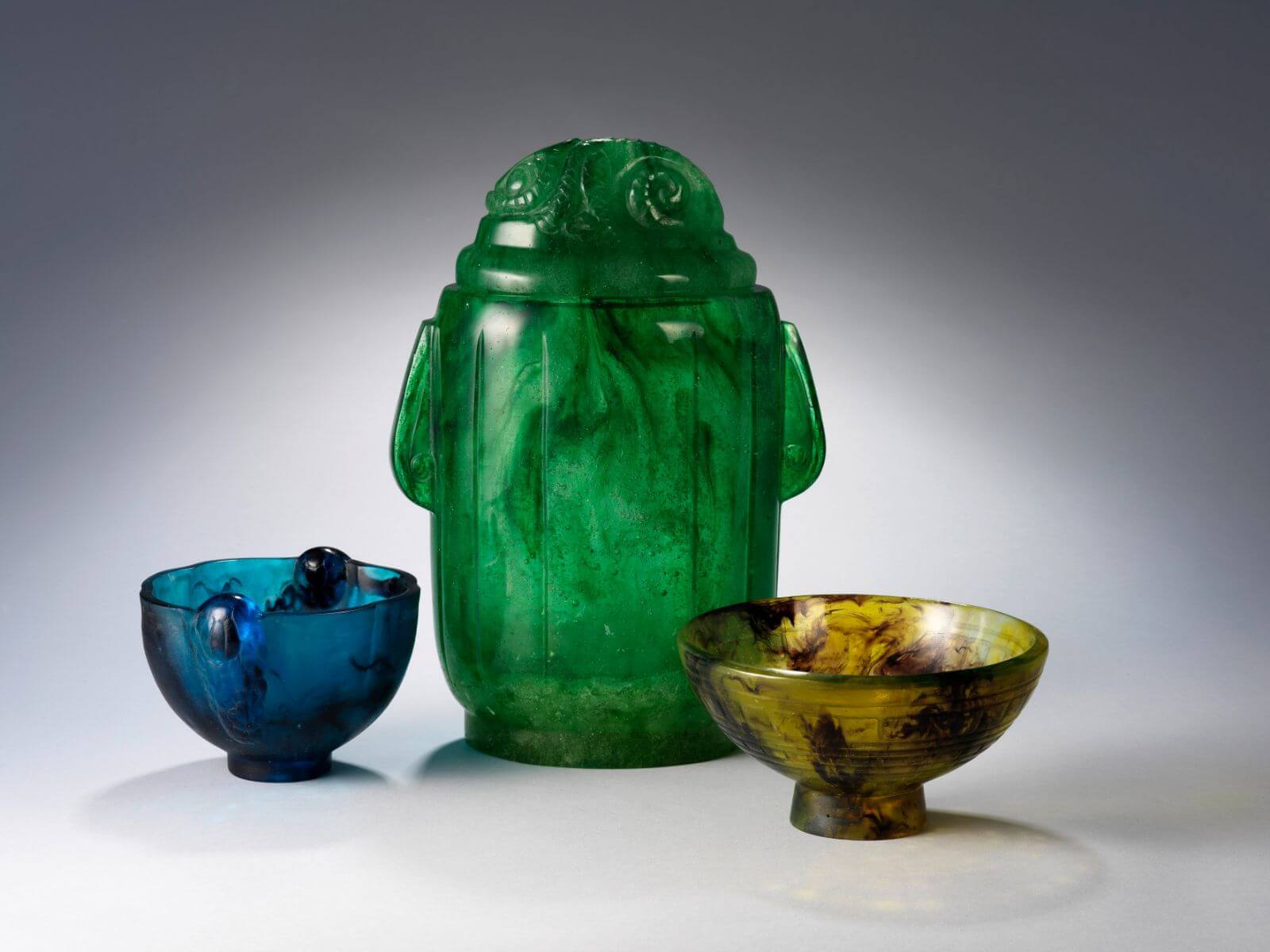
François Décorchement, ‘Pot et coupes’, 1920s
COURTESY: Musée du Verre de Conches / PHOTOGRAPH: Paul Louis





